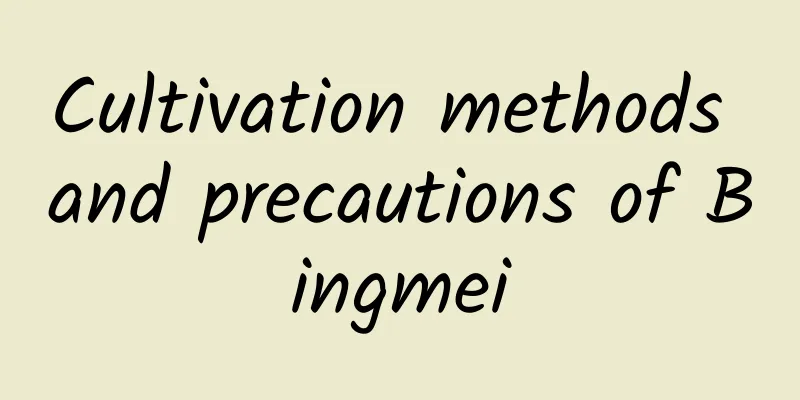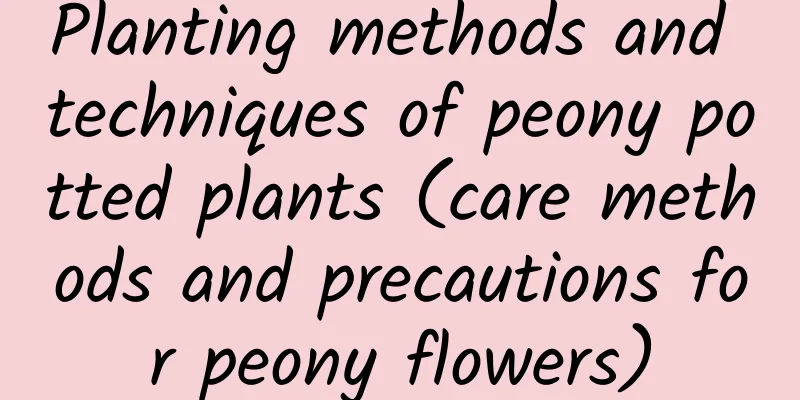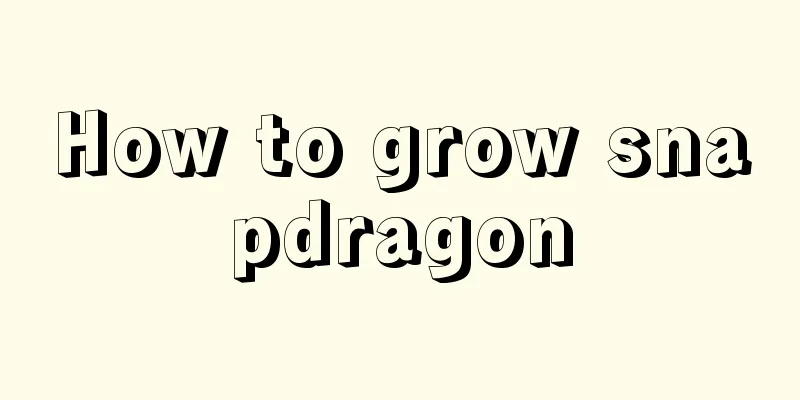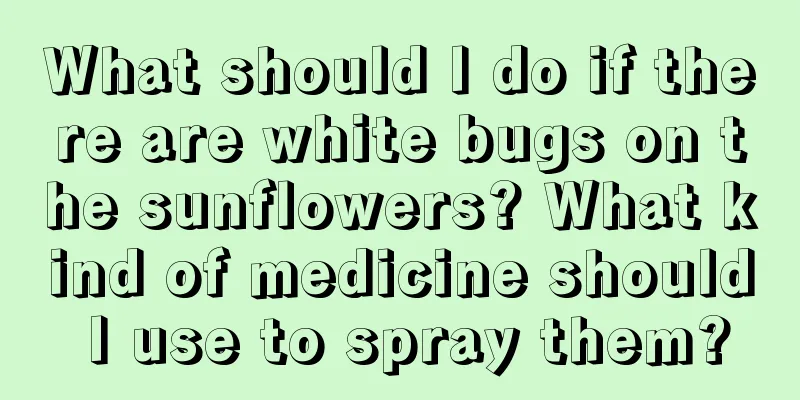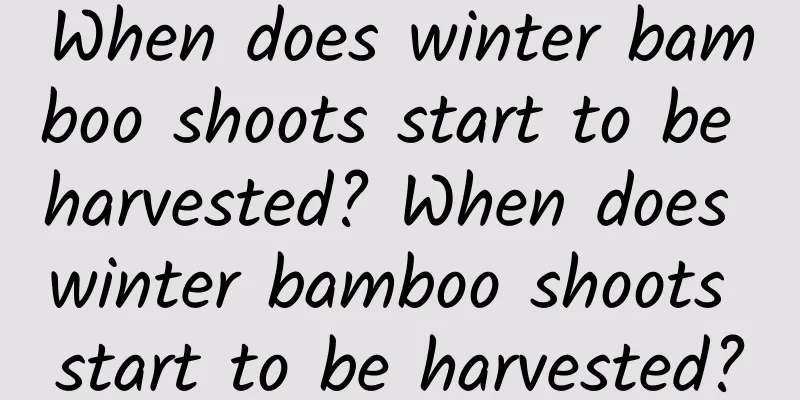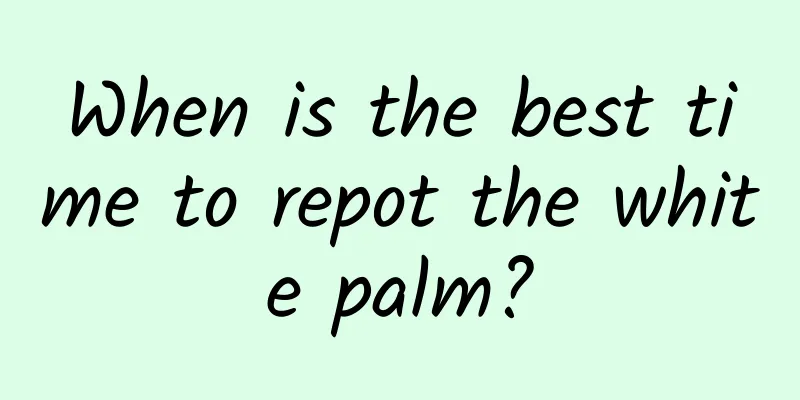Does rain affect corn pollination? (Does continuous rainfall during the pollination period affect yield?)

|
The flowering and pollination period of corn generally lasts 5-8 days, but in the field, due to the different location environments of the corn plants in the entire field, the entire field can last for 2 weeks from the beginning of male ears shedding pollen to the end. There are three stages in the pollination period of corn:1. The male spikes emerge and produce pollen. Each male spike can provide 2-5 million pollen grains, while each ear of corn has only about 800-1000 grains. Under normal circumstances, pollen can be guaranteed to be sufficient. 2. Pollen develops and matures, begins to shed, and the filaments of the female spike absorb pollen grains. 3. Pollen combines with filaments to complete the fertilization process, and the ovary begins to develop and form grains. During the entire pollination period of corn, if there is bad weather, such as excessive drought, high temperature or continuous rain, it will affect the development of pollen and the extension of filaments, affecting the pollination rate . If corn pollination happens to coincide with continuous rain, the pollen will absorb water and swell and burst under the conditions of rainfall. If the burst pollen meets the pistil, it will cause incomplete pollination and affect the quality of pollination . Or when the corn tassel is in the flowering stage, if there is a long period of rainfall, the pollen will be washed away by the rain. However, it is very unlikely that the extreme situation of continuous rainfall will occur during the corn pollination period. Summer rainfall is usually accompanied by thunderstorms. During the pollination period, even if there is a sunny morning or afternoon, the entire pollination process can be basically completed. Methods to improve corn pollination rateThe flowering and pollination period of corn is the most critical period for corn grain formation. The pollination rate directly determines the corn seed setting rate. Corn is a monoecious plant, and once it encounters continuous rainy weather, it will affect the scattering of pollen. If corn encounters rainfall during the pollination period, how can we improve the pollination rate of corn? (1) Artificial assisted pollinationDuring the flowering and pollination period, directly shake the corn plants to let the pollen fall, or find a rope and work with two people to gently shake the corn field to let the pollen fall in the field. The pollen that falls on the silk has completed artificial pollination. Practice has proved that the use of artificial assisted pollination can greatly reduce the occurrence of bald tips and flower grains in the fruit clusters, and can increase the yield by 50 to 100 catties per mu, and up to 300 catties per mu. (2) Spraying foliar fertilizerAfter corn enters the tasting stage, you can use 200 grams of 99% potassium dihydrogen phosphate + 10 milliliters of brassinolide aqueous solution + 100 grams of urea per mu , add 30 kilograms of water and spray evenly, which can significantly improve leaf photosynthesis. This can enhance the plant's stress resistance, promote pollen tube elongation, and significantly improve corn pollination rate and increase seed number. |
<<: What's the matter with the golden edges on cucumber leaves?
>>: How to increase the acidity of soil (how to make the soil acidic)
Recommend
Is Gloxinia suitable for large or small pots?
Should I use a large or small pot for Gloxinia? Y...
How to Propagate Holly
sowing Seed harvesting and processing: Seeds can ...
Asparagus seedling raising method and time
Asparagus is known as the "king of vegetable...
How to fertilize creeping bellflower
Specific fertilizer requirements for this plant I...
What does the blooming gardenia mean?
1. Related to the language of flowers (1) Eternal...
How to grow petunia
1. Breeding environment 1. Soil: Petunias can be ...
Difference Between Hemerocallis and Iris
1. Different leaves Hemerocallis is a plant of th...
How to prune wolfberry bonsai
Four seasons pruning spring As the temperature gr...
When is the best time to repot flowers and plants?
Time to repot plants Generally, newly purchased f...
Cultivation methods and precautions of Banyan tree
1. Lighting This plant likes sufficient light. If...
How to plant and care for lilies
Lilies are famous for their diverse colors, and m...
Mushroom Growing Conditions and Characteristics
Mushroom Growing Conditions Mushroom is an edible...
What to do if the climbing rose is hardened and not repotted (How to repot the climbing rose that has already climbed)
Potted flowers can easily cause soil compaction, ...
To grow flowers, you must first "nourish the roots". Grind the tablets and use them, and the roots will grow rapidly!
Use one small tablet to help the plant grow dense...
How to grow Prodigy succulent
1. Rizhao Generally, it grows best in spring and ...
